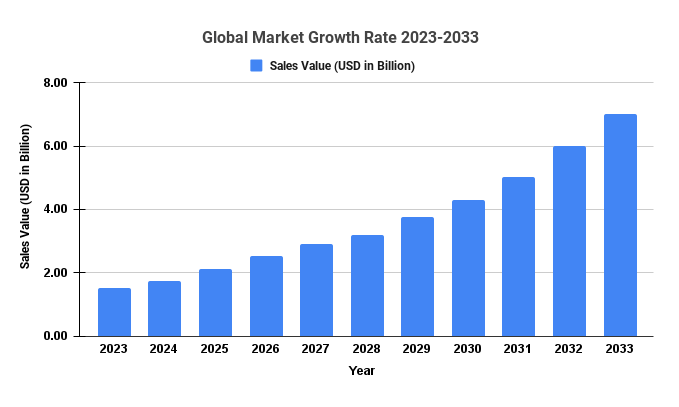The research project aims to make the blockchain faster and more sustainable


Credit: Pixabay/CC0 Public Domain
At the Technical University of Munich (TUM), an interdisciplinary research team consisting of experts from the fields of computer science, electrical engineering and management science will work to significantly speed up blockchain technology and prepare it for entirely new applications. In this interview, Prof. Georg Carle explains the ACE SUPPRA project.
The term blockchain describes a number of methods for creating a decentralized database. Information is incrementally added to this database in units known as blocks. In a cryptocurrency, for example, they contain information about transactions. The list cannot be changed. The accuracy of the information in a new block is not verified by a central entity that the other entities must trust.
Instead, a distributed consensus mechanism among computers that do not need to trust each other determines what information is entered into the block and which of the participating entities can add to the block. The huge energy costs caused by the cryptocurrency bitcoin are linked to the proof-of-work consensus mechanism. Modern blockchain processes use consensus methods that require much less energy.
Prof. Carle, ACE SUPPRA, a new, large-scale research project on blockchain, starts at TUM. What do you hope to achieve?
In short, we want to make blockchain technology faster, more robust and more sustainable. We have put together an interdisciplinary team of five research chairs at TUM who have already worked intensively in this area. Blockchain technology is primarily known through cryptocurrencies. But it is actually a tool that is suitable for many different tasks. Our goal is to eliminate the weaknesses of this tool to make even more blockchain applications possible.
What are the disadvantages of today’s blockchain technologies?
For example, there is a lack of speed: many well-known blockchain systems, including Bitcoin, work with a probabilistic consensus mechanism. It takes quite a long time for a block to become part of the valid blockchain. In the case of a cryptocurrency, this means that once a block is generated – which takes an average of 10 minutes with Bitcoin – a transaction is not completed until consensus is reached that the block is indeed part of the valid blockchain. It can take as long as an hour.
Does it have to take that long?
With modern blockchains, the end result is achievable in just a few seconds. That means it’s only a matter of seconds before consensus is reached on the new block and the many transactions it verifies. But for some applications it is still not good enough: for high-frequency trading on exchanges, significantly higher speeds will be required. The same applies in interactive applications and for the use of blockchain technology in cyber-physical systems.
Does that mean blockchain technology could be used in networked cars, for example?
If it has real-time capability, yes – and those are the speeds we will be working with in our project. For example, if you make the various components of a car actors in a blockchain network, you can make precise and reliable statements about exactly which components have malfunctioned in a breakdown and when. Taking this idea further, it could be used on multiple networked cars to record tamper-proof evidence of the events that led to an accident using data from various sensors.
What are your goals in the ACE SUPPRA project?
We have an interdisciplinary approach. Blockchain technology is complex and there are countless points where it can be tampered with. This includes the consensus algorithms themselves, but also underlying mechanisms for the communication between the computers involved. For example, Andreas Herkersdorf, the head of the Board of Directors for Integrated Systems, and his team will research a hardware acceleration of certain blockchain mechanisms on co-processors that can achieve the required speeds and also have built-in security mechanisms.
And you want to combine that with the actual blockchain code?
Exact. My working group will bring together the progress made in hardware acceleration with advances in consensus protocols. An important priority will be to make privacy an integral part of the system and to demonstrate this with reproducible experiments.
What aspects of blockchain would you like to address apart from speed?
We are very interested in the ways people can interact with blockchain. There is a lot of potential in that area as well: Alexander Pretschner professor of software and systems engineering is working on smart contracts, a very interesting feature of blockchain. He wants to make these automated “contracts” verifiably reliable and available for use in complex applications. Florian Matthes, who chairs Software Engineering for Business Information Systems, will investigate the use of blockchains for certain application cases. Among other things, he is concerned with how the right incentives can be created for cooperation in the blockchain and where there is potential for abuse. Isabell Welpe, professor of strategy and organization at the TUM School of Management, will study a related aspect: She will explore governance, in other words the rules that must be put in place to achieve predefined goals through the use of a blockchain and how such rules can be built into the code.
A computer scientist explains proof-of-stake for cryptocurrencies, NFTs and metaverse transactions
Provided by Technical University Munich
Citation: Research project aims to make blockchain faster and more sustainable (2022, October 28) retrieved October 28, 2022 from
This document is subject to copyright. Except for any fair dealing for the purpose of private study or research, no part may be reproduced without written permission. The content is provided for informational purposes only.
























